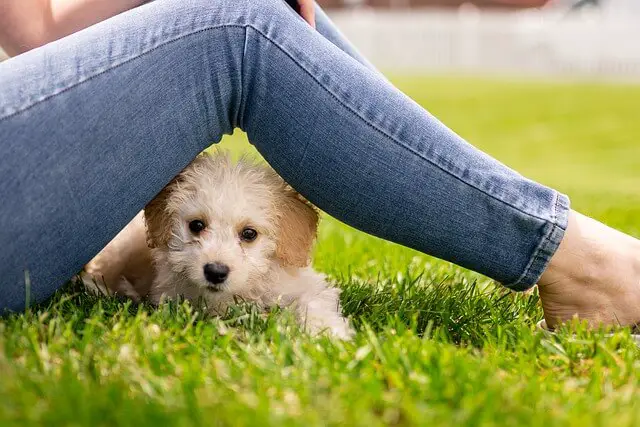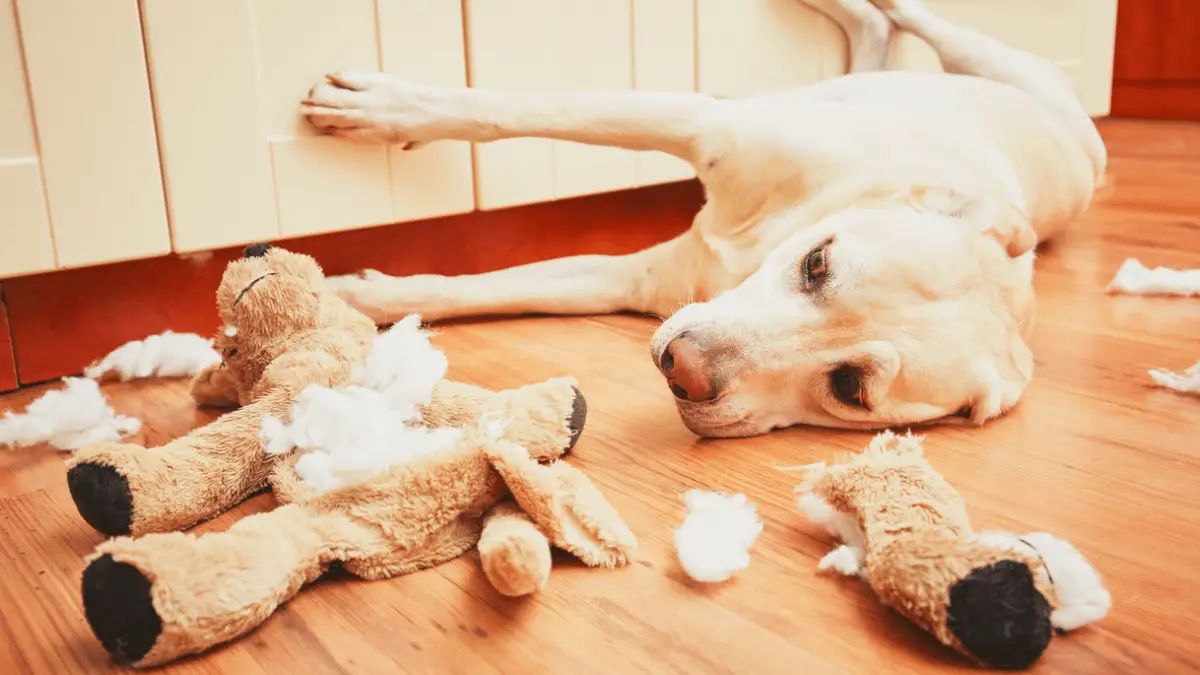Separation Anxiety In Dogs - How To Stop It
30.10.2020.
One of the most common problems dog owners face is problematic behavior from their beloved dogs. One of the reasons for that can be separation anxiety. However, all dog owners must learn to differentiate bad behavior because of the lack of house training and behavior triggered by separation anxiety.
The two behaviors can seem pretty similar, although experienced dog owners will know how to spot the difference. Both separation anxiety and bad behavior can be manifested as chewing, urinating inside, defecating, destroying furniture, howling, and excessive barking. If your furry best friend started acting like that, keep a close eye on them and determine what triggered such behavior.
Separation anxiety or destructive behavior
As a dog owner, you probably pictured yourself with an idyllic dog that will be ecstatic at your arrival, and you probably imagined it as a cuddling buddy that will make a great companion. Some dogs are like that, but some owners can come home and see absolute chaos.
Destroyed shoes, furniture, and clothes all over the place are just some of the things dogs can do. That sort of behavior has to stop, so the next step for you as the owner is to determine why your dog is doing what it’s doing.

If your dog shows signs of anxiety, this behavior is probably triggered because the dog cannot handle the pressure and stress of you leaving them.
Separation anxiety symptoms
Your dog will probably display separation anxiety symptoms, and if you don’t know what you should be looking for, you might miss them. Here are the things you should look for if you think your dog has separation anxiety;
- Howling
- Chewing unusual things like shoes, couch, etc.
- Excessive barking (your neighbors will tell you)
- Obsessive pacing
- Scratching doors and windows
- Digging holes
- Drooling
- “Doing their business” inside even if they are housebroken
- Coprophagia
- Escape attempts
These are clear signs that your dog cannot accept that you will leave, and they have to be home alone.

What dog breeds are prone to separation anxiety?
All dog breeds can suffer from separation anxiety. Some dog breeds are more independent, so they are not as likely to suffer from separation anxiety. Breeds that like having human company and form strong bonds with their owners are often suffering from this problem. Some of those breeds are;
- Labrador Retriever
- Border Collie
- Chihuahua
- German Shepherd
- Cavalier King Charles Spaniel
- Jack Russell Terrier
- Viszla
- Cocker Spaniel
- Bichon Frise
- Toy Poodle
These breeds are also some of the most popular dog breeds globally, which means that behaviorists had the most opportunity to observe problematic behavior.
What causes separation anxiety?
Dog owners and vets are not entirely sure what exactly causes separation anxiety. This problem can affect mixed, adopted, as well, as pureblooded dogs. Some things can trigger anxiety in dogs, and the most common triggers are;
- Schedule change
- Rehoming
- Moving to a new place
- Losing a family member

How to treat separation anxiety?
Luckily, separation anxiety is “curable.” Dog trainers and behaviorists have studied this problem in detail, and there are some things we as dog owners can do to help calm our anxious dogs.
Mild separation anxiety
If the problem isn’t huge or fully “developed,” we can start getting our dog used to spending time alone. Mild separation anxiety can be easily cured, and some of the things you could do are;
- give your dog a yummy treat every time you have to leave
- get them a toy that dispenses treats
- leave your warn clothes so your dog can smell you
- don’t make a fuss about going
- get your dog natural meds
Medication is always the last resort, but some natural supplements ease dog anxiety. All these tips and tricks will occupy your dog’s mind while you are gone, and they can easily get rid of separation anxiety.

Serious separation anxiety
If your dog is heavily affected by canine separation anxiety, no amount of treats will help calm them down or distract them. Calming an anxious dog can be a problem, but you can be successful if you put time and effort into it. Dogs are clever, and they can pick up on things pretty quickly. Signs you are leaving can trigger their stress so start preparing them. Put on your shoes, jacket, and take your keys - but don’t leave the house. Do this enough times that your dog learns this pattern and doesn’t get excited or stressed if you do those things.
After your dog gets used to the first step, you can slowly start leaving them alone. Start by going to the other room and closing the door behind you. Get back to your dog after a few seconds. Slowly increase the time you are in the other room. That way, your dog will learn that staying alone isn’t stressful. You must be calm every time you leave as well as return. Don’t make a fuss about it.
A healthy schedule and proper socialization are essential for your dog so make sure you have enough time for exercise, playing, and training. Playing games like fetch will occupy your dog’s mind and engage their bodies. A dog with plenty of exercises and mental activity is much less likely to develop separation anxiety and less likely to need any medication or drugs.
World Dog Finder team







Share